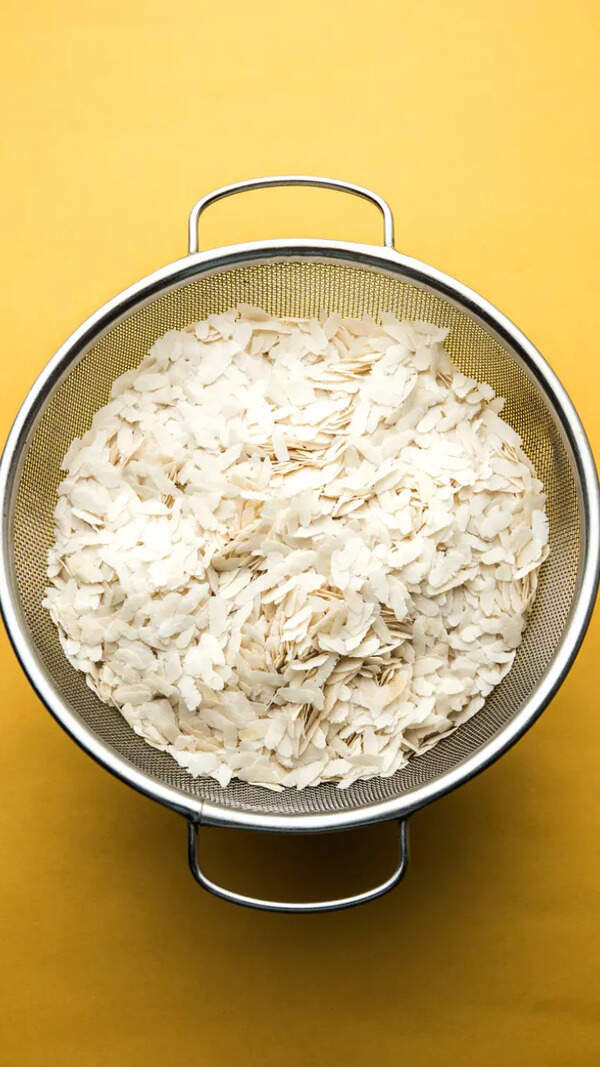- News
- Business News
- India Business News
- SBI predicts inflation falling below 3% in Q1 FY26, forecasts 125 bps RBI rate cut going forward
Trending
SBI predicts inflation falling below 3% in Q1 FY26, forecasts 125 bps RBI rate cut going forward
State Bank of India (SBI) forecasts retail inflation to dip below 3% in Q1 FY26, prompting expectations of aggressive RBI rate cuts, potentially reaching 125 basis points this fiscal year. Citing a sharp fall in food prices, SBI anticipates average FY26 headline inflation between 3.7% and 3.8%.
NEW DELHI: India’s largest lender, the State Bank of India (SBI), expects retail inflation to drop below 3% in the first quarter of FY26 and is projecting aggressive rate cuts by the Reserve Bank of India (RBI) totalling up to 125 basis points this fiscal citing a research note.
“We expect rate cuts of 75 basis points in June and August (H1) and another 50 bps cut in H2 i.e. cumulative cuts of 125 bps going forward,” said the SBI Research report. The bank also sees room for cuts of up to 150 bps in a best-case scenario, citing a “Goldilocks period” of low inflation and moderate GDP growth.
Retail inflation, measured by the Consumer Price Index (CPI), fell to a 67-month low of 3.34% in March 2025—largely due to a sharp decline in food prices. “The sharp moderation in CPI inflation, hitting a 67-month low of 3.34 per cent in Mar'25 due to sharp correction in food inflation bodes well for lowering the average CPI headline forecast for FY26 below 4 per cent now (with below 3 per cent in Q1FY26),” said the report.
Core inflation, which excludes food and fuel, also witnessed movement, rising from 3.28% in August 2024 to 4.1% by March 2025, the highest in 15 months, driven largely by a surge in gold prices amid global uncertainties.
SBI expects FY26 average headline inflation to be between 3.7% and 3.8%, assuming no major food price shocks or heatwaves. Core inflation, including gold, is projected in the 4.0%–4.3% range.
The report also suggests that the central bank’s policy rate could even fall below the neutral rate by March 2026. A front-loaded 50 bps cut, it adds, could act as a strong policy signal from the RBI.
However, SBI flagged risks to the credit-deposit balance if deposit rates fall sharply, potentially coinciding with subdued deposit growth. On the liquidity front, it anticipates no shocks, aided by Open Market Operations (OMOs) and a strong dividend transfer, which could push yields closer to 6% with a downward bias.
Nominal GDP growth for FY26 is estimated between 9% and 9.5%, slightly below the Union Budget's 10% projection, further reinforcing SBI’s view that conditions are ideal for monetary easing.
Stay informed with the latest business news, updates on bank holidays and public holidays.
AI Masterclass for Students. Upskill Young Ones Today!– Join Now
End of Article
Follow Us On Social Media











